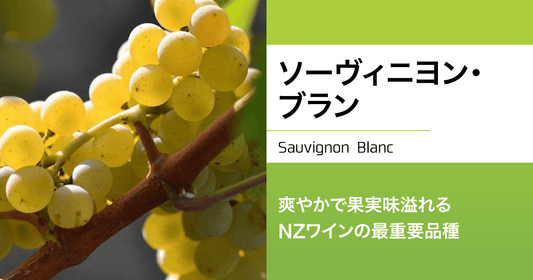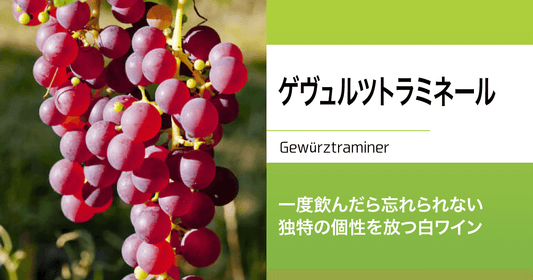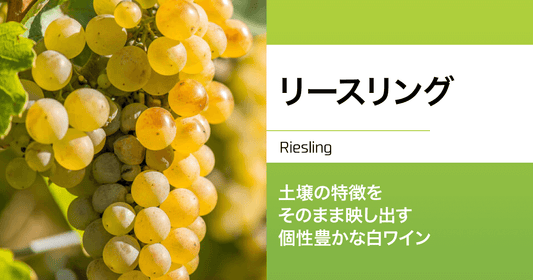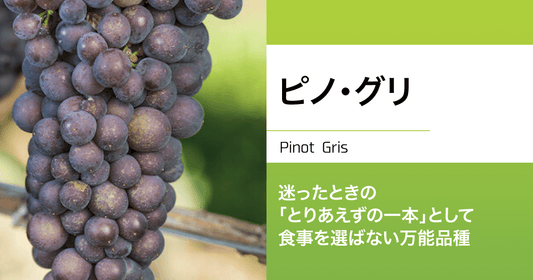
Cabernet Sauvignon is the leading grape variety for red wine.
The notion that "Cabernet Sauvignon is synonymous with red wine" has become so well established that even wine novices have likely tried it without even realizing it.
This grape is characterized by its power and intensity.
It is often blended with other grape varieties such as Merlot , and its complex and noble flavor has captivated many wine fans.
Let's take a closer look at the characteristics of Cabernet Sauvignon, known as the "king of red wine."
A complex and deep flavor with a powerful and powerful feel
The greatest feature of Cabernet Sauvignon is its powerful flavor, which also has a strong sense of elegance, so it is sometimes called the "gentleman's grape variety."
What is Cabernet Sauvignon?
Cabernet Sauvignon originated in the Bordeaux region of southwestern France, which is still the leading producer of Cabernet Sauvignon today.

Cabernet Sauvignon from Bordeaux is characterized by its complex, deep flavor and is essential for making prestigious wines.
While Burgundy produces wine from a single variety without mixing any other grapes, Bordeaux wine is generally made by mixing two or more types of grapes, and is called a " Bordeaux blend ."
Bordeaux blends are made up of two predominant varieties, Cabernet Sauvignon and Merlot, with four supporting varieties, Cabernet Franc, Carmenere, Malbec and Petit Verdot.
While single varietal wines are of course excellent, blended wines take advantage of the strengths of each grape variety.
Fragrance characteristics
Typical aromas include black currant, plum, jam and green pepper.
As it ages it develops complex, spicy aromas of pine, resin, vanilla and pepper.
The amount of sunlight is a major factor that determines the aroma of Cabernet Sauvignon, and it is said that grapes with a fruity aroma are produced in growing areas with a lot of sunlight.
A deep-colored wine with plenty of tannins that can be aged for a long time.

Cabernet Sauvignon is rich in tannins, which is why it is considered a variety that is suitable for long-term aging.
For example, even if two wines are made primarily from the same Cabernet Sauvignon, there can be significant differences in taste and aroma between recently made and aged wines.
When the wine is young, the tannin content is more noticeable, so you may experience a bitter taste or a numbness in the tongue.
However, as it ages, it gradually becomes mellower, the bitterness disappears, and the wine takes on a softer impression.
In terms of color, wines made with Cabernet Sauvignon tend to have a darker overall color. In particular, they tend to have a strong purple hue when young, and as they age, they become more transparent and approach a brick color.
It grows slowly in warm, sunny soil.
When it comes to cultivation, Cabernet Sauvignon is known to prefer warm, sunny locations.
Compared to other red wine grapes, this variety grows slowly, so it is said that the best place to grow it is in a place with continuous sunny weather until autumn so that the grapes can ripen properly.
It is a relatively easy variety to grow because it is resistant to diseases. However, it takes a long time to harvest, so if there is a lot of rain during that time, there is a risk that the fruit will be watery when harvested.
The wine originates from the Bordeaux region, but other producing areas such as Chile, the United States, and Australia each have their own unique charms, and tend to produce wines with more fruitiness than Bordeaux.
In New Zealand, Cabernet Sauvignon is primarily a specialty of the warm North Island.

In terms of producing areas, high-quality Cabernet Sauvignon is grown in the Hawke's Bay region, Auckland, and other areas of New Zealand that receive plenty of sunshine from summer to autumn.
Conversely, the South Island has many cool climates, so there are not many areas where Cabernet Sauvignon grows well.
Whether it's a single variety or a blend, it's a surefire match with beef.
Now that you know the characteristics of Cabernet Sauvignon, it's time to try it.
There are many ways to enjoy it, but here we will give you some simple tips so that even beginners can enjoy it.
First with single varieties, then with blends.
If you want to fully understand the taste of Cabernet Sauvignon, start by trying a wine made from a single variety.
Most Cabernet wines produced in Europe are blends, but many from Chile, the United States, Australia and New Zealand are sold as single varieties - look at the label to see if it just says "Cabernet Sauvignon".
(However, in many countries, even if a single variety is used, it is legal to mix it with small amounts of other varieties.)
First, try tasting a variety of Cabernet Sauvignon to get a sense of their characteristics. However, there are few wines in the 500 to 1,000 yen range that really show off the characteristics of the variety. If possible, tasting wines in the 1,500 yen or higher price range is the quickest way to get to know the characteristics of the wine.
Once you have a handle on the taste of single varietals, move on to blended wines.
Merlot is the most commonly named variety to be blended with Cabernet Sauvignon.
These two varieties are like companions, with the solid presence of the Cabernet and the gentle, enveloping flavor of the Merlot bringing out the best in each other.
The powerful Cabernet and the gentle Merlot are like a pair of lovers.
Of course, Cabernet Sauvignon and Merlot blends are a staple in New Zealand as well, with many producers adopting this style.
The ratio of grape varieties blended is where the producer's skill is on display, and the taste changes greatly depending on the ratio of grapes mixed, so be sure to try and enjoy the differences.
The best dish to pair with this dish is lean beef.
Pair a bold Cabernet Sauvignon with foods and meals that have a strong flavor.
It pairs perfectly with lamb and lean beef. It's a surefire combination.

It goes well with strongly flavored dishes, so we also recommend BBQ meat, fried foods, and meat pasta.

In terms of Japanese cuisine, it goes well with sukiyaki and rich sashimi such as fatty tuna.
The birthplace is Bordeaux, of course. But I recommend getting familiar with New World wines first.
As mentioned earlier, the aroma of Cabernet Sauvignon varies greatly depending on the region where it is grown.
If you're new to wine, start outside of Bordeaux.
From somewhere other than the original place? Why is that?
In the New World wine -producing regions outside of Europe, there are many wines with a strong fruity flavor, so even beginners should find them very easy to drink.
In terms of price, high-end Bordeaux wines often have a unique flavor, but when it comes to lower-priced wines, wines from Chile and Australia take the lead.
If it's fruity and reasonably priced, it's easy to try.
However, if you want to take your wine enjoyment to the next level, it is very important to understand the complex flavors of the wine.
Once you get used to New World wines, try Bordeaux and other European wines. One way to enjoy wine is to discover deeper flavors that go beyond just fruitiness.
summary
Cabernet Sauvignon is an excellent grape variety that can be grown steadily anywhere in the world and produces excellent wine. It has great potential, is the most widely cultivated variety in the world, and is truly the top of the red wines.
It's no wonder that it is known as the "king of red wines" and recognized by people all over the world.
It is characterized by being rich in tannins and powerful, but as it ages it becomes mellow and soft. Also, in wine producing areas outside of Europe, there are some with a fruity taste that has a strong fruit flavor, so they are recommended for beginners.
Please try comparing different flavors!






